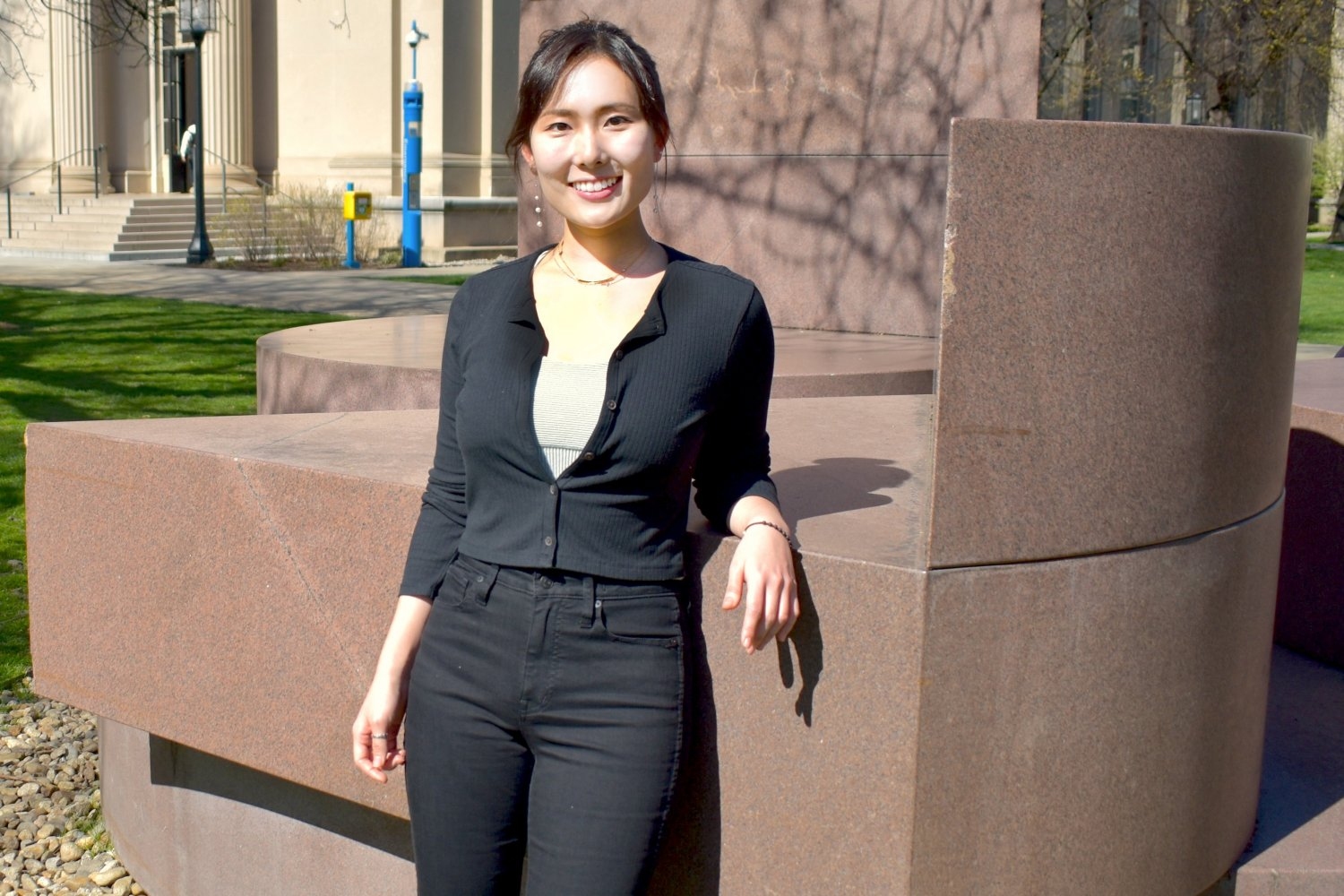Jeong Min Park earns 2024 Schmidt Science Fellowship
Physics graduate student Jeong Min (Jane) Park is among the 32 exceptional early-career scientists worldwide chosen to receive the prestigious 2024 Schmidt Science Fellows award.
As a 2024 Schmidt Science Fellow, Park’s postdoctoral work will seek to directly detect phases that could host new particles by employing an instrument that can visualize subatomic-scale phenomena.
With her advisor, Pablo Jarillo-Herrero, the Cecil and Ida Green Professor of Physics, Park’s research at MIT focuses on discovering novel quantum phases of matter.
“When there are many electrons in a material, their interactions can lead to collective behaviors that are not expected from individual particles, known as emergent phenomena,” explains Park. “One example is superconductivity, where interacting electrons combine together as a pair at low temperatures to conduct electricity without energy loss.”
During her PhD studies, she has investigated novel types of superconductivity by designing new materials with targeted interactions and topology. In particular, she used graphene, atomically thin two-dimensional layers of graphite, the same material as pencil lead, and turned it into a “magic” material. This so-called magic-angle twisted trilayer graphene provided an extraordinarily strong form of superconductivity that is robust under high magnetic fields. Later, she found a whole “magic family” of these materials, elucidating the key mechanisms behind superconductivity and interaction-driven phenomena. These results have provided a new platform to study emergent phenomena in two dimensions, which can lead to innovations in electronics and quantum technology.
Park says she is looking forward to her postdoctoral studies with Princeton University physics professor Ali Yazdani's lab.
“I’m excited about the idea of discovering and studying new quantum phenomena that could further the understanding of fundamental physics,” says Park. “Having explored interaction-driven phenomena through the design of new materials, I’m now aiming to broaden my perspective and expertise to address a different kind of question, by combining my background in material design with the sophisticated local-scale measurements that I will adopt during my postdoc.”
She explains that elementary particles are classified as either bosons or fermions, with contrasting behaviors upon interchanging two identical particles, referred to as exchange statistics; bosons remain unchanged, while fermions acquire a minus sign in their quantum wavefunction.
Theories predict the existence of fundamentally different particles known as non-abelian anyons, whose wavefunctions braid upon particle exchange. Such a braiding process can be used to encode and store information, potentially opening the door to fault-tolerant quantum computing in the future.
Since 2018, this prestigious postdoctoral program has sought to break down silos among scientific fields to solve the world’s biggest challenges and support future leaders in STEM.
Schmidt Science Fellows, an initiative of Schmidt Sciences, delivered in partnership with the Rhodes Trust, identifies, develops, and amplifies the next generation of science leaders, by building a community of scientists and supporters of interdisciplinary science and leveraging this network to drive sector-wide change. The 2024 fellows consist of 17 nationalities across North America, Europe, and Asia.
Nominated candidates undergo a rigorous selection process that includes a paper-based academic review with panels of experts in their home disciplines and final interviews with panels, including senior representatives from across many scientific disciplines and different business sectors.

© Photo courtesy of the Department of Physics
